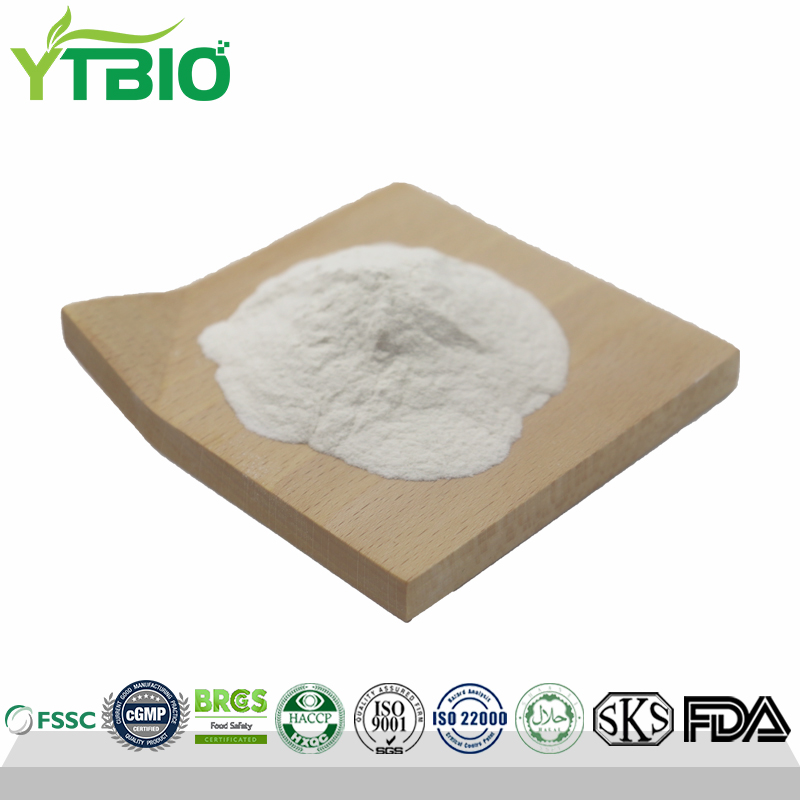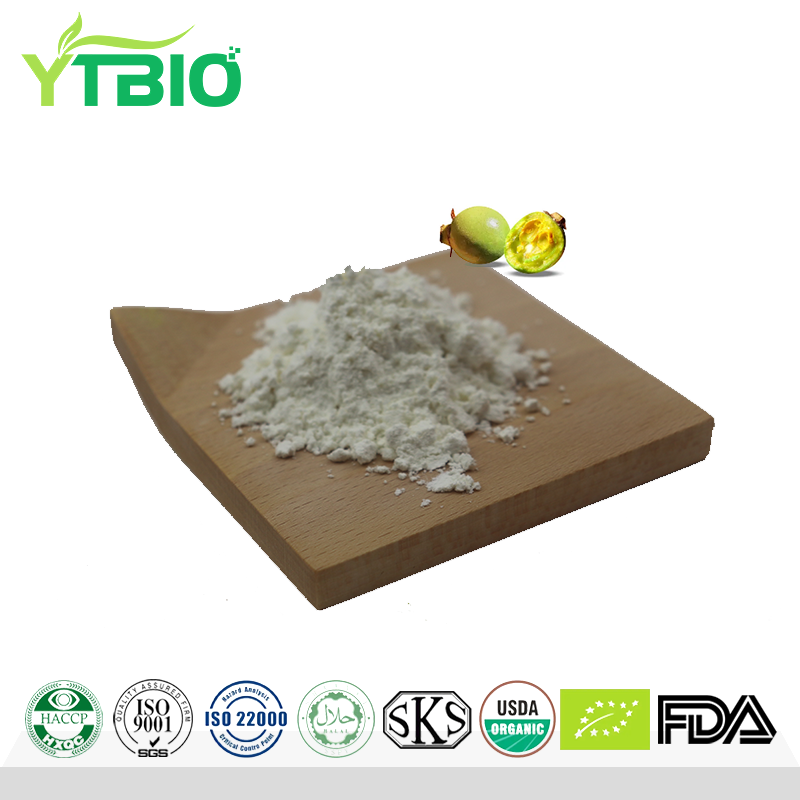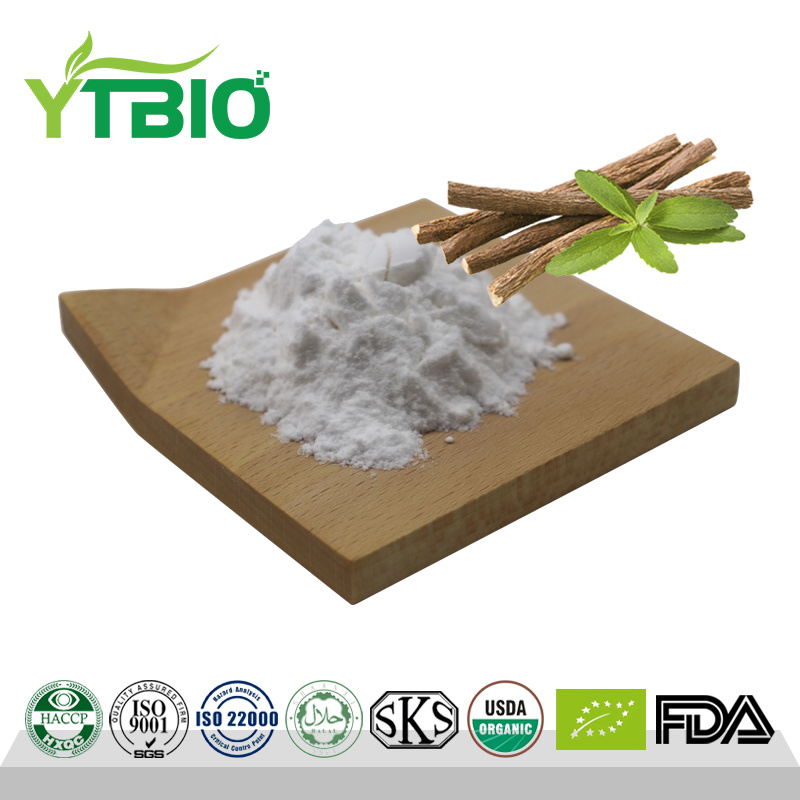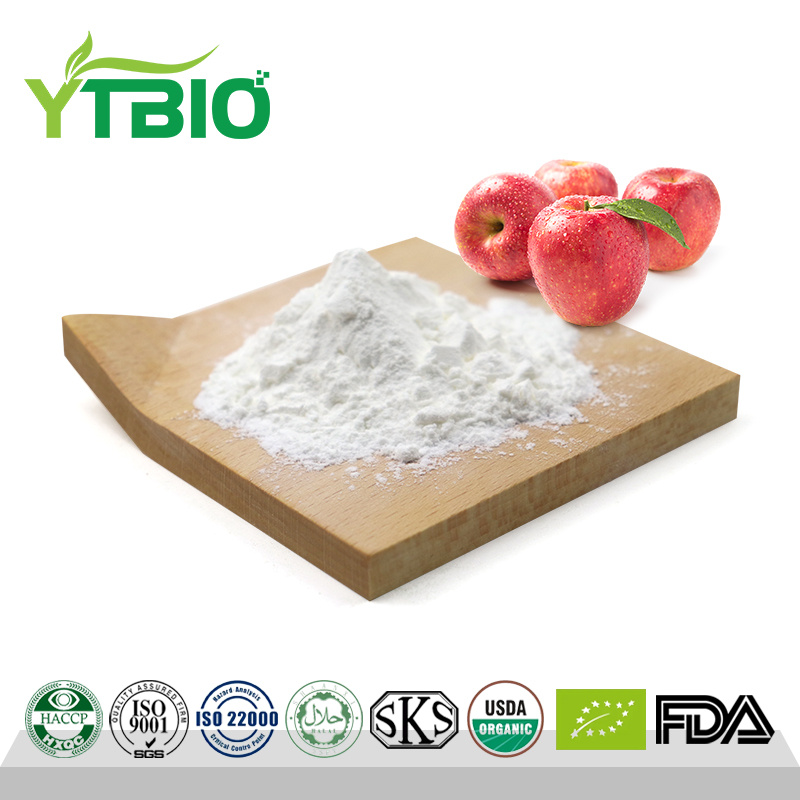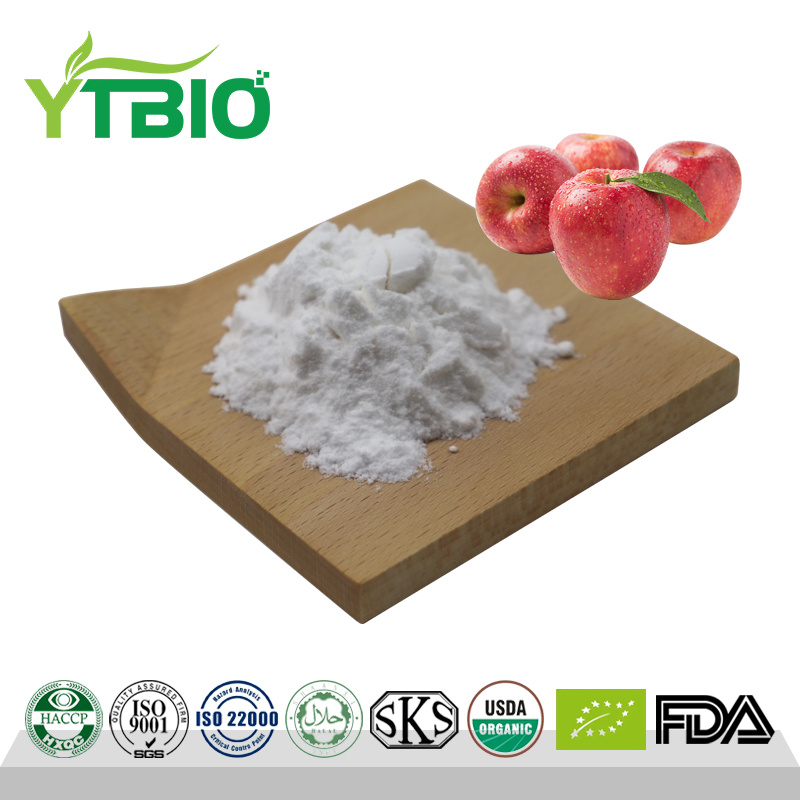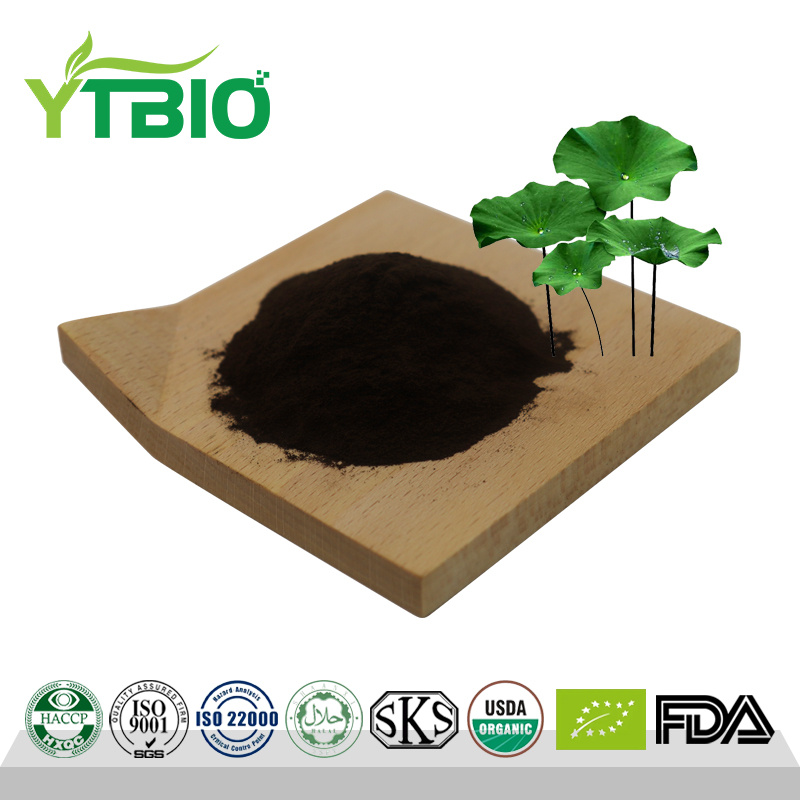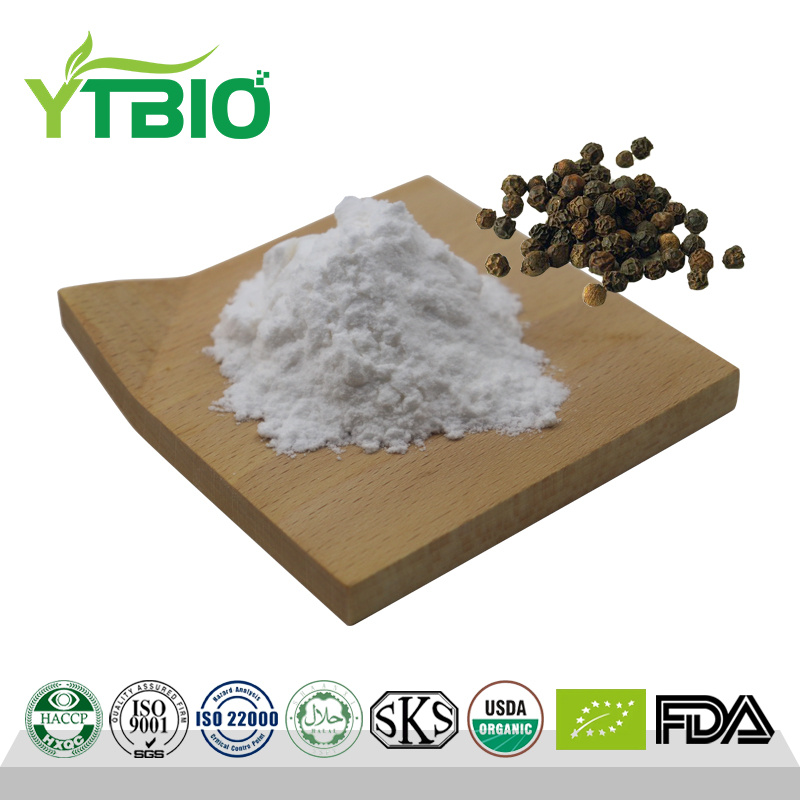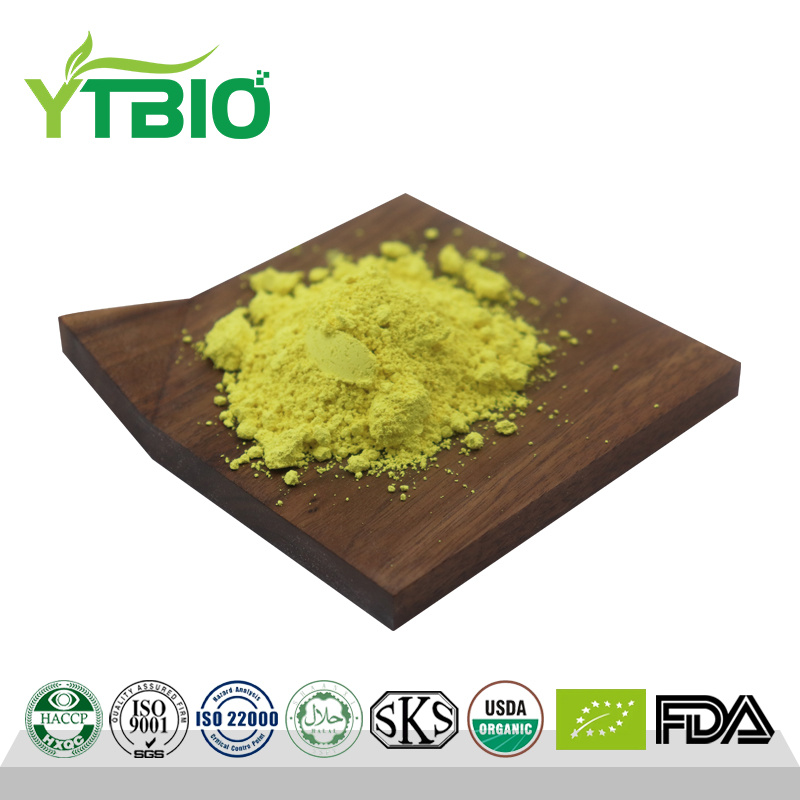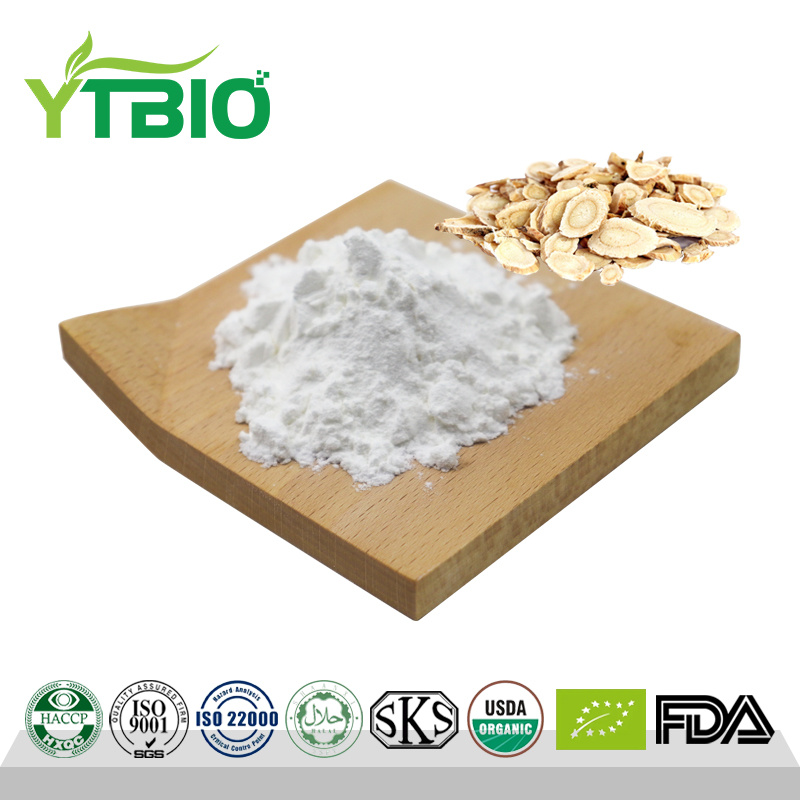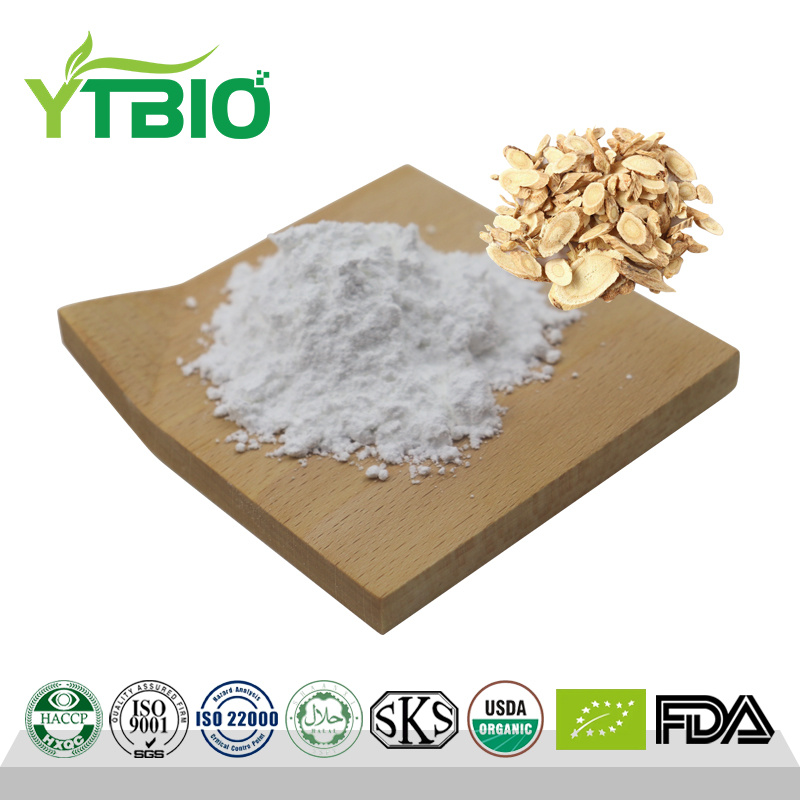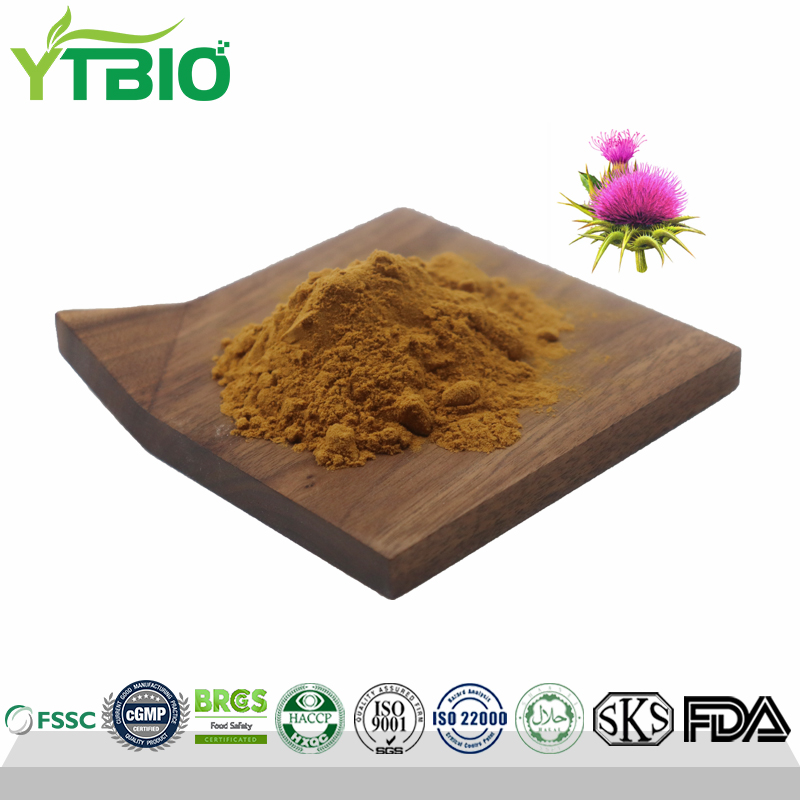22888-70-6 Silybin 98% Powder
Introduction and properties of Silybin
Product Introduction
Silybin is a natural flavonoid compound extracted from the seeds of the Asteraceae plant, Silybin. It can stabilize liver cell membranes, promote the repair and regeneration of damaged liver cells, and has an auxiliary therapeutic effect on liver diseases such as chronic hepatitis and cirrhosis. In addition, Silybin also has significant liver protection, anti-oxidation, anti-inflammatory and other biological activities. It is widely used in the fields of medicine, health products, food and cosmetics. At the recommended dose, silybin is generally considered safe with few side effects.
Properties
● Structural characteristics: Silybin contains 5 carbonyl groups in its structure, 3 of which have phenolic characteristics. The 5-OH group has a strong hydrogen bond with the adjacent carbonyl group. The carbonyl group is conjugated with the aromatic ring and acts as a free electron pair donor to form a hydrogen bond with the 5-OH group. This special molecular structure determines that it has a strong antioxidant function.
● Poor solubility: Silybin itself is poorly soluble in water or general organic solvents, resulting in poor oral absorption and low bioavailability, which limits its clinical efficacy to a considerable extent.
● Methods to improve bioavailability: By forming a complex with phospholipids and other substances, such as silybin-phospholipid complexes, the lipid solubility of silybin can be increased, silybin can be transported to the cell membrane, and the bioavailability of silybin can be greatly improved, so that silybin can better play its role in scavenging oxygen free radicals and resisting lipid peroxidation.
Mechanism of action of Silybin
Protecting liver cell membrane
It can protect liver cells through various mechanisms. By binding to liver cell membrane proteins, it inhibits lipid peroxidation and stabilizes membrane permeability, helps the liver maintain its own synthesis level of protective substances, and prevents damage caused by various toxic chemicals (such as carbon tetrachloride).
Antioxidant
It can reduce the level of reactive oxygen species (ROS) in liver cells by optimizing mitochondrial metabolism and electron transport chain, increasing the activity of superoxide dismutase (SOD) in cells, and reducing the activity of monoamine oxidase (MAO), thus playing an antioxidant role.
Anti-inflammatory
It can inhibit NF-κB activation, reduce the expression of inflammatory factors such as TNF-α, IL-4 and IL-6, block inflammatory signaling pathways, and achieve anti-inflammatory effects, thereby effectively preventing liver fibrosis and cirrhosis caused by chronic inflammation.
Lipid-lowering
Reduces the content of triglycerides (TG) in the liver and the levels of serum TG and total cholesterol (TCh), and improves fatty degeneration and ballooning degeneration of the liver.
Silybin's liver protection effect
Promote liver cell repair
Silybin can stimulate liver cell DNA synthesis, accelerate the regeneration of damaged liver tissue, improve liver cell survival rate, shorten the recovery time of abnormal liver enzyme elevation, and is suitable for repair after viral hepatitis or chemical liver damage.
Assisted detoxification
Silybin can enhance the activity of glutathione-S transferase and improve the liver's detoxification function. It can also competitively bind to cytochrome P450 enzymes with toxins, reduce the metabolic toxicity of hepatotoxic substances such as carbon tetrachloride and aflatoxin, and promote toxin excretion.
Anti-fibrosis
Silybin can inhibit the activation of hepatic stellate cells and reduce the deposition of collagen, thereby inhibiting the process of liver fibrosis and preventing the development of cirrhosis.
Regulate insulin resistance
Silybin can improve insulin resistance and has a therapeutic effect on non-alcoholic fatty liver disease (NAFLD) by reducing visceral fat, enhancing lipolysis and inhibiting gluconeogenesis.
Application Of Silybin
Food
It can be added to food as a natural antioxidant to extend the shelf life of food and prevent food from oxidation and deterioration. It is suitable for the preservation of foods such as oils, meats, and beverages.
Health care products
Liver protection: As a health product ingredient, it is widely used to protect liver health and prevent liver damage. It can help improve liver function and reduce the burden on the liver. It is suitable for people who drink alcohol for a long time, take drugs or have poor liver function.
Antioxidant and anti-aging: Its antioxidant effect makes it an important ingredient in anti-aging health products, helping to remove free radicals, slow down the aging process, and protect cells from oxidative damage.
Cosmetics
It is used as an anti-aging and skin protection ingredient in cosmetics, which helps reduce skin inflammation, anti-oxidation, and repair skin damage. It can improve skin elasticity and reduce wrinkles, and is suitable for anti-aging skin care products.
Medicine
It is widely used to treat various liver diseases, such as chronic hepatitis, cirrhosis, fatty liver, alcoholic liver disease, and drug-induced liver injury.


